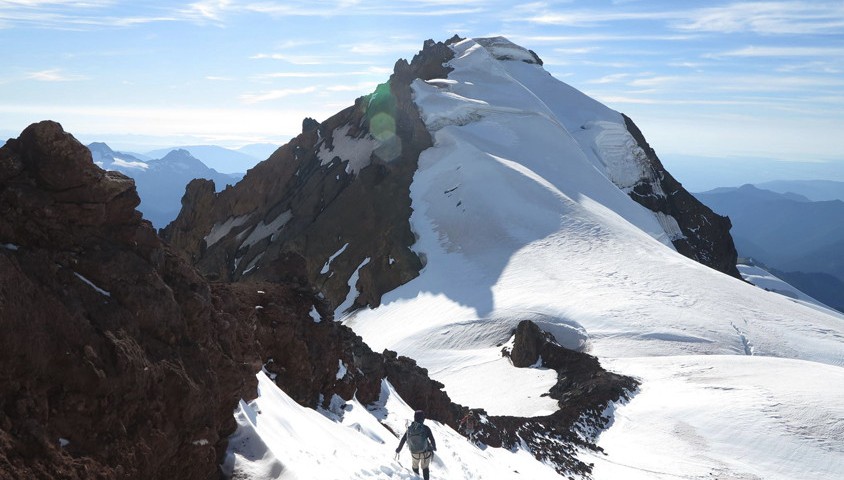Deep in our human genome are intensely powerful skills of navigation and landmarking. We may have allowed these talents to fade by relying on street signs, compasses, and satellites, but they are there to be rediscovered. One simple way to recall these abilities is to stop talking about places as if they were things, and use the rich mental language of personhood.
If you’re a walker in the wilderness, you have a rich set of memories of terrain features: gorges, plains, hollows, billabongs, peaks, ridges, overhangs, screefields, craters, strands, lagoons, beaches, reefs, canyons, rivers, salt plains, springs. Some are familiar, some are new…. but each is different. When you meet a mountain, are you actually meeting that mountain?
Each one of these landscape features before you has an individual life cycle, personality, a history, and a charm all of their own. It’s possible they even have their own names – Kosciuszko, Cook, Ossa. You could describe them with latitude and longitude, and perhaps even altitude, but these are numerical oversimplifications. Can you remember the first mountain you climbed? What about the last mountain you climbed? What made them different? How did you understand or relate to them differently? Does it seem to be as female, as male, both, neither, or something different? How old are they? How long will they last? Are they somehow dependent on another place? Are you attracted to them like a sunny sea-cliff, or do you avoid them like a mosquito-ridden mangrove? Are they in danger? Are they healthy or sick? Do you like them?
When you finally learn its name and how to tell it apart from all the rest, you also have created a relationship that you should value. When you litter in a sandstone canyon, you are disrespecting a living thing. When you survey and photograph an Outback salt plain with care and respect, you are doing a kind favour and expressing your gratitude.
By experimenting with this vocabulary shift, you’ll find that you’ve cemented this location in your memory. Our brains have fantastic abilities for both facial recognition and and social comprehension, and these can augment your ability to recognise and comprehend the geography around you. Do you remember when that kid in primary school called you names? Why not use that same stinging memory to help you remember the location in which fell and scraped your knee on the riverbank? Do you remember your first kiss? You can use that same sense of anticipation and desire to make you perform at your best when faced with a challenging mountain trail.
Once you’ve started speaking of these natural features as if they are persons, the people you speak to will gently be reminded of our responsibilities to our unmoving and ancient places. If an idea is a seed, then perhaps the simple idea of terrain personage will blossom into an ongoing community of people and places, and wherever you go, you will find friends in all directions.



